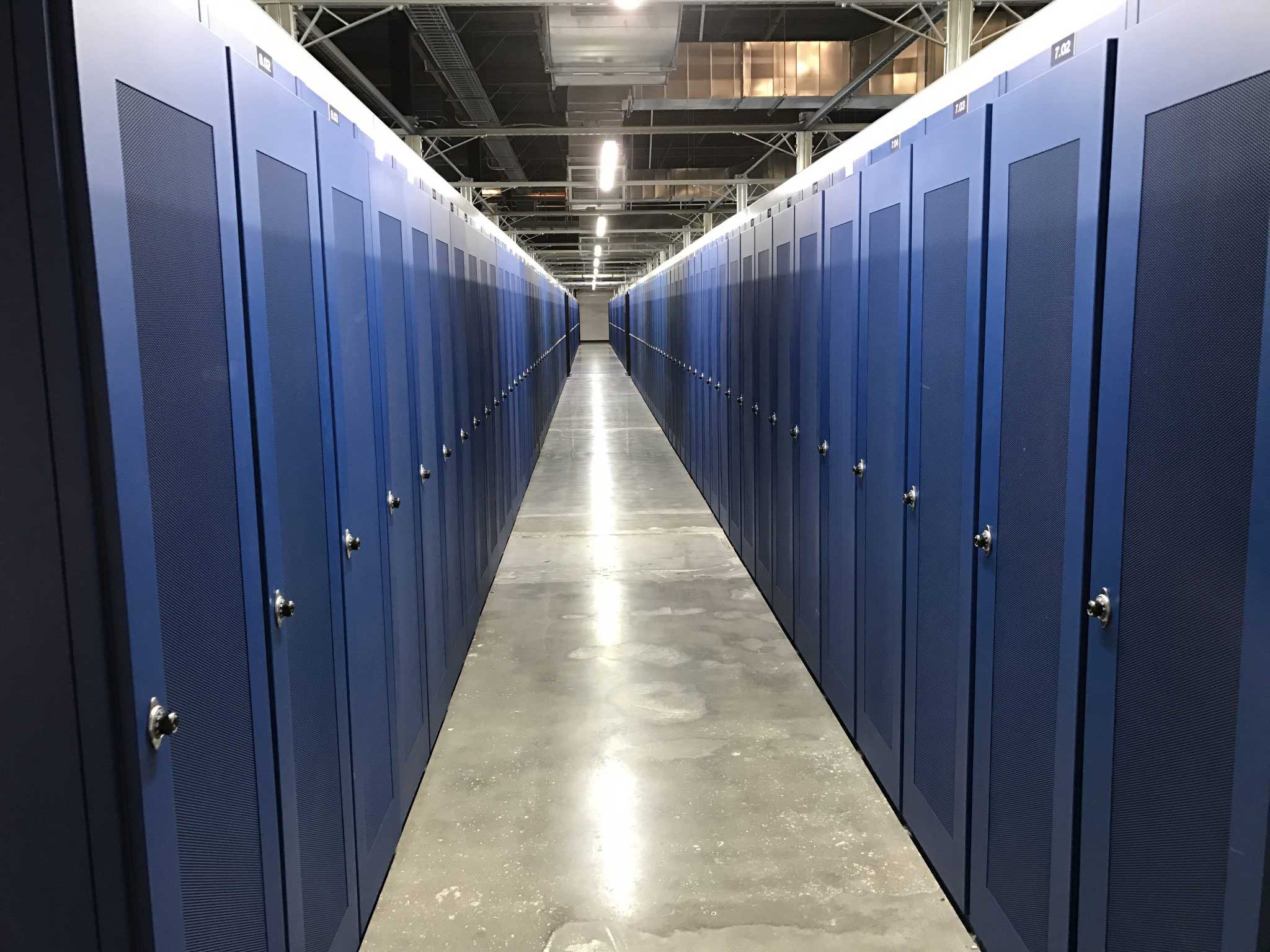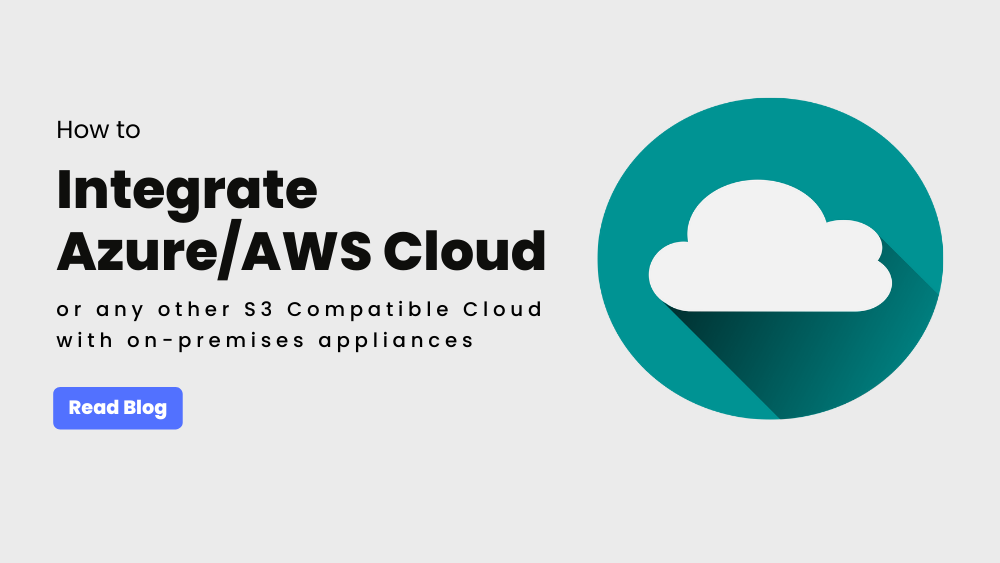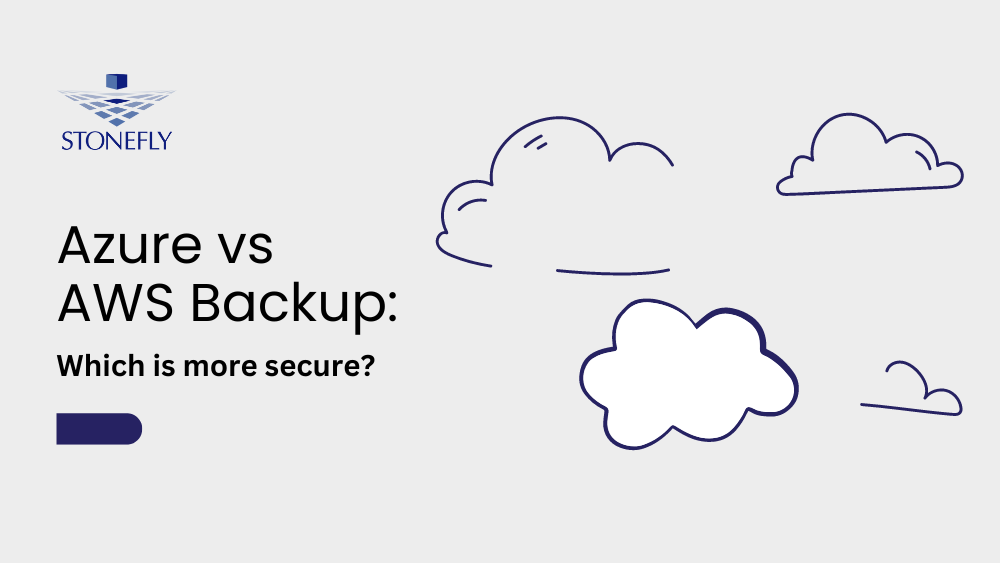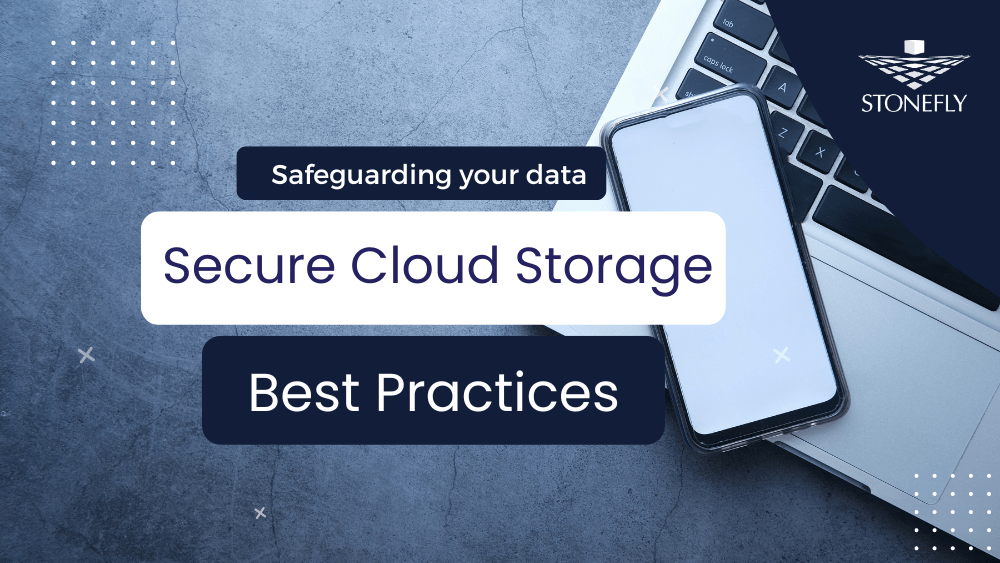Big data is helping shape the future of the world. Smart cities are appearing on the world map, with amazing innovations automating and regulating a number of things. With the addition of Internet of Things (IoT), the data processing, computing and collection of information increases by explosive amounts. In order to achieve efficient automated operations and processing, the main challenge becomes of data storage.
Using sensors, service providers collect tons of information leading to a data lake and then the question they are faced with is: Where are we going to put it? Experts, researchers and industry specialists are recommending Scale-out NAS storage. Before we explore the features of Network Attached storage (NAS) let’s first find the answer to the question:
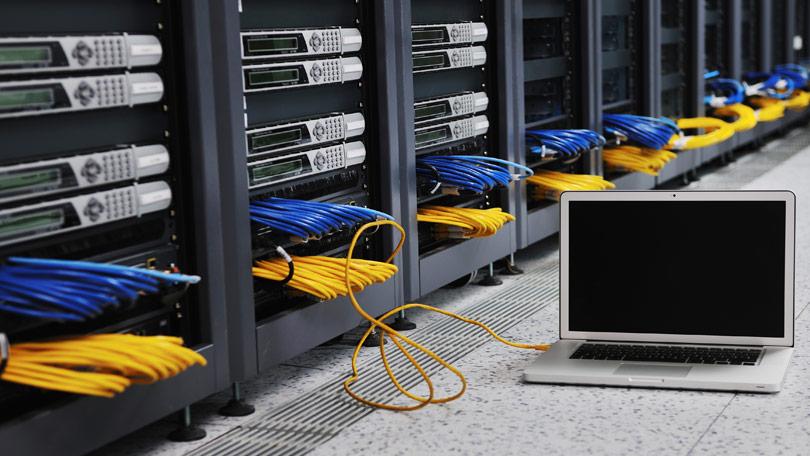
What is Network Attached Storage (NAS)?
Network Attached storage or NAS is a storage technology that enables one to create a shared volume, which is accessible by one or more users via a network. This shared volume or NAS volume is accessible by various users and by various servers. Often made as a computer appliance or a computer, NAS is used for the purpose of storing and hosting files. NAS appliances comprise of a single or an array of logically arranged hard drives having redundant storage abilities via redundant array of independent disks (RAID) level configurations. Normally, NAS storage networks provide access to the stored files using network file sharing protocols like NFS (Network File System popular in UNIX systems), SMB/CIFS (Server Message Block/ Common Internet File System used with Microsoft Windows or AFP (Apple Filing Protocol).
Now that we know what NAS is, let’s find out what the benefits of NAS are and how it is flexible enough to not just suit big data storage but also for domestic users.
Scale-Out NAS Storage Features and Benefits
When compared to direct attached storage (DAS), NAS storage has the potential to exhibit better performance. This is because NAS can be dedicated precisely for storing and hosting files; this is less likely to happen for a server responsible for other processing. So with NAS, you can have a speedy, simple and easier access to shared files.
With the above mentioned explanation of what is NAS, you’re probably wondering what’s the difference between a NAS storage and a server. A server is general purpose storage, capable of processing other things as well. However, NAS is dedicated for the purpose of storing and hosting files. Thus, a server is subject to crashes due to its multi-purpose nature. With a server crash, a network can be effected disrupting the continuity of a business or project, whereas a NAS due to its specific nature, has less probability of crashing and has built-in fail safes to prevent the disruption. Unlike a server, NAS storage can also be expanded by adding more storage space via more appliances; hence the term “scale-out”. This is the major function of NAS. It can be scaled as per the requirement so it is suitable to all kinds of audiences looking for a reliable way of storing and sharing files. Another beneficial feature is that NAS appliances are capable of functioning even while undergoing maintenance, thus ensuring high availability of data.
As servers have more processes, they can slow down while multi-tasking. However, NAS storage is designed in a way to reduce these potential bottleneck situations. And NAS is also cost effective because you do not have to purchase and license an operating software. When scaling up and adding more storage, the process is neither time consuming nor disruptive.
With the Stonefly scale-out NAS appliances it is a simple plug and play process. The management of NAS storage network is pretty simple, it can be managed with a web browser. And another cost effective feature of NAS appliances is that they are standalone devices. Hence there is no need to purchase a server for them.
Conclusion
Due to the flexible and reliable nature of NAS appliances it is being sought out by domestic users, who use it to store memorabilia, media files and other similar data on it. Organizations are also utilizing enterprise NAS solutions to support their backup needs and to ensure high availability of data. Other than its current uses, NAS storage networks present a promising solution to the problem of storing and accessing large amounts of big data.
